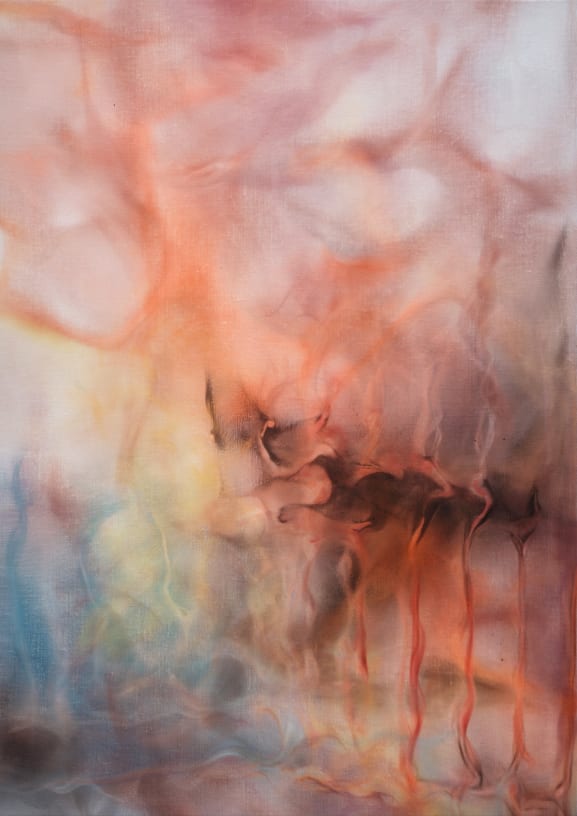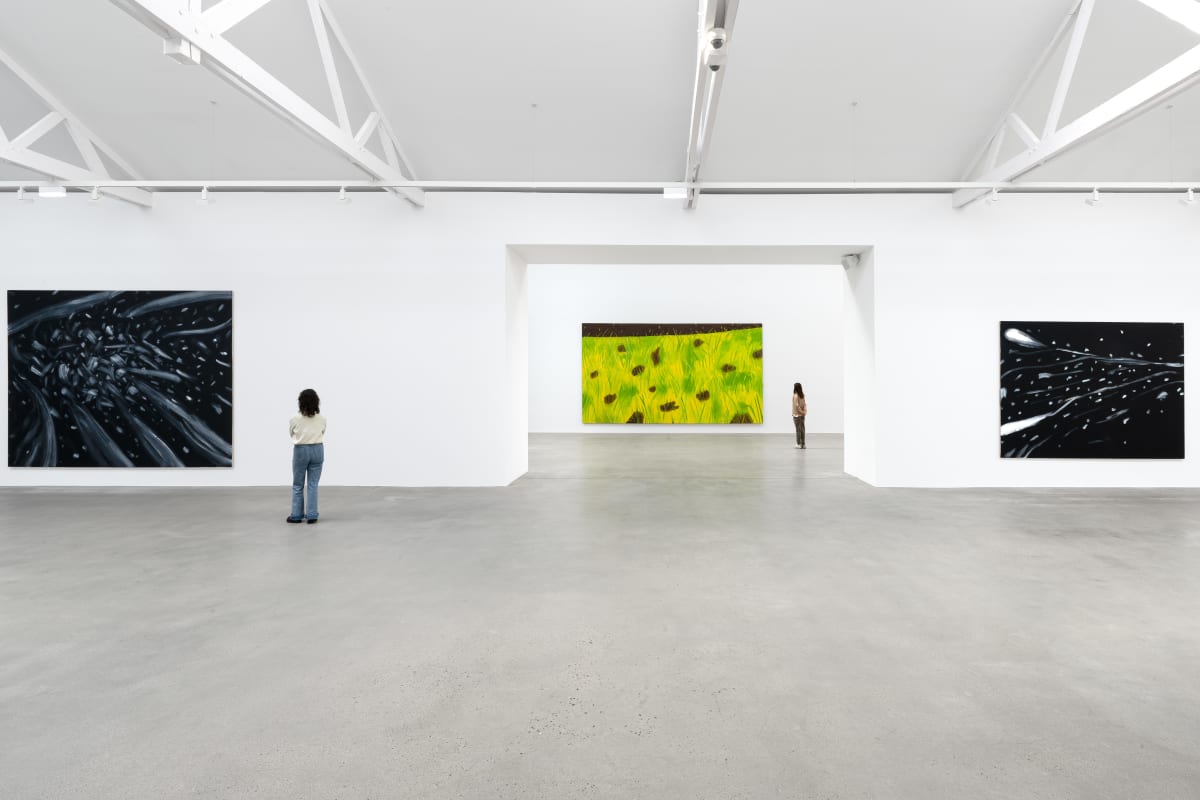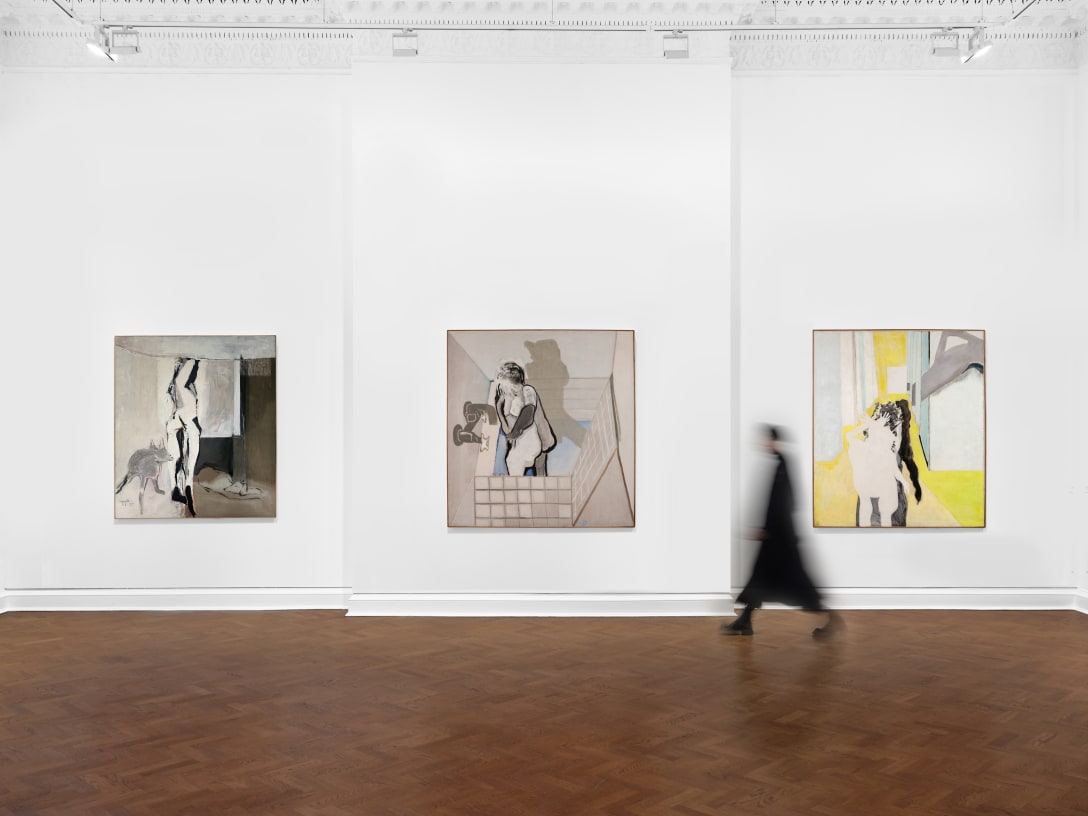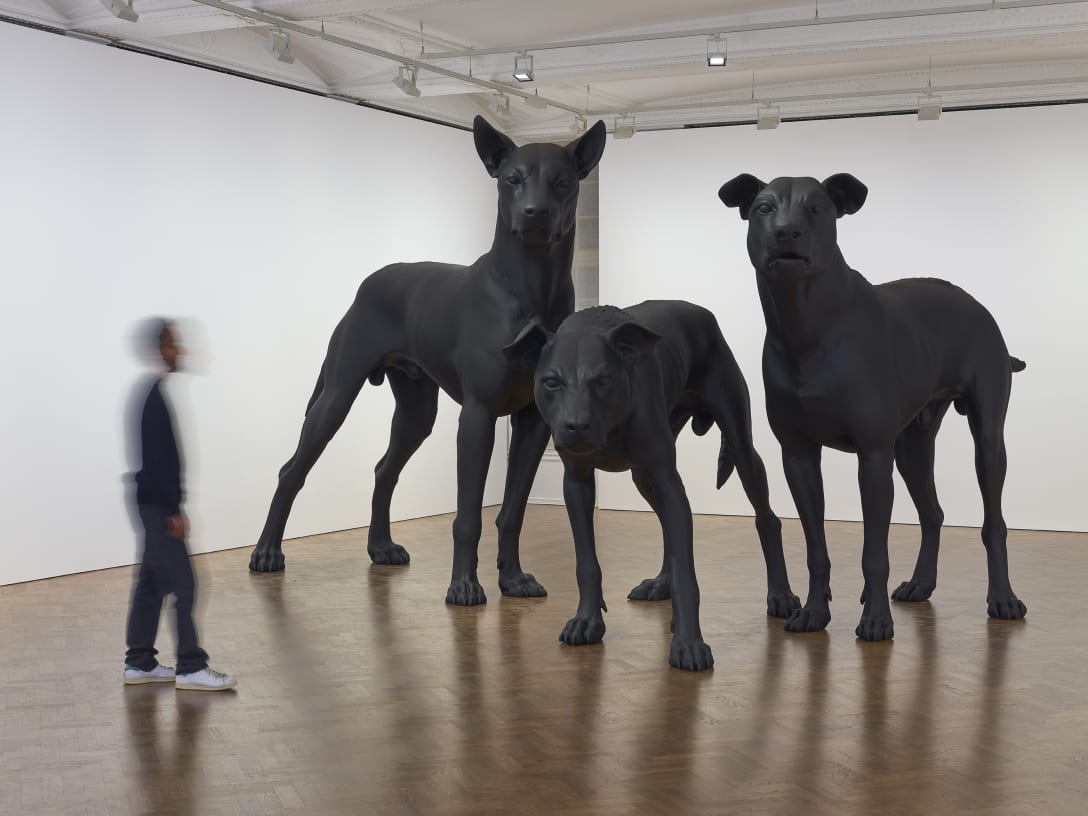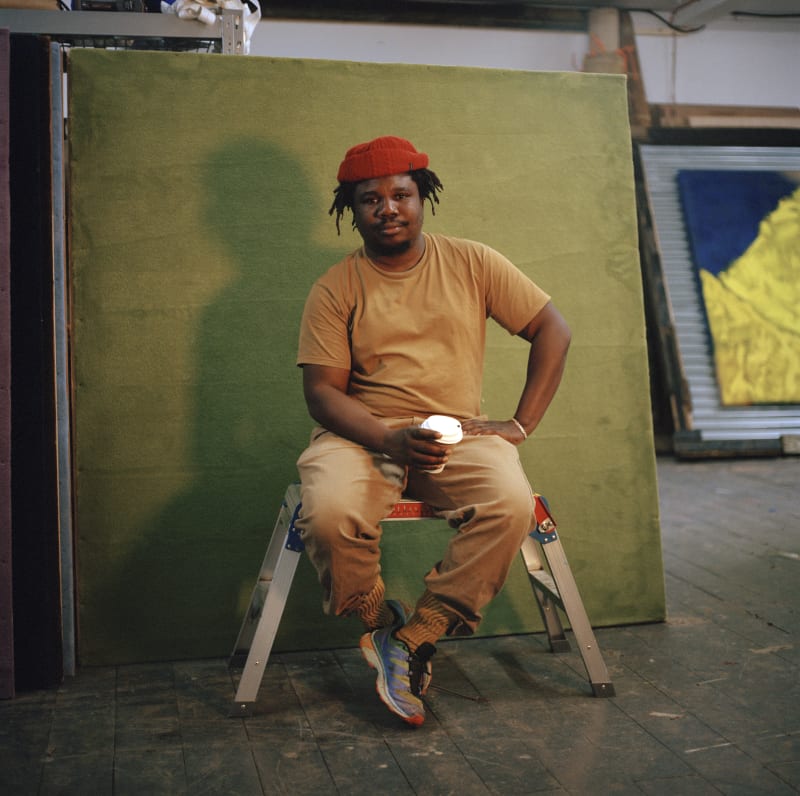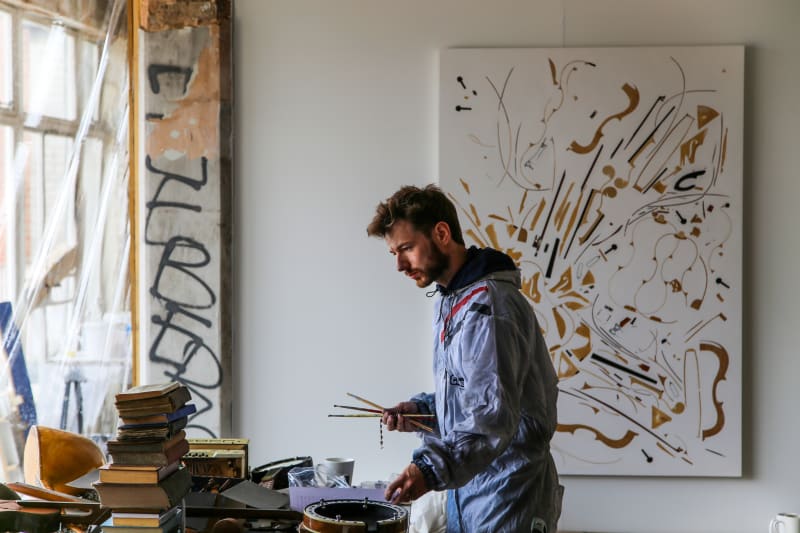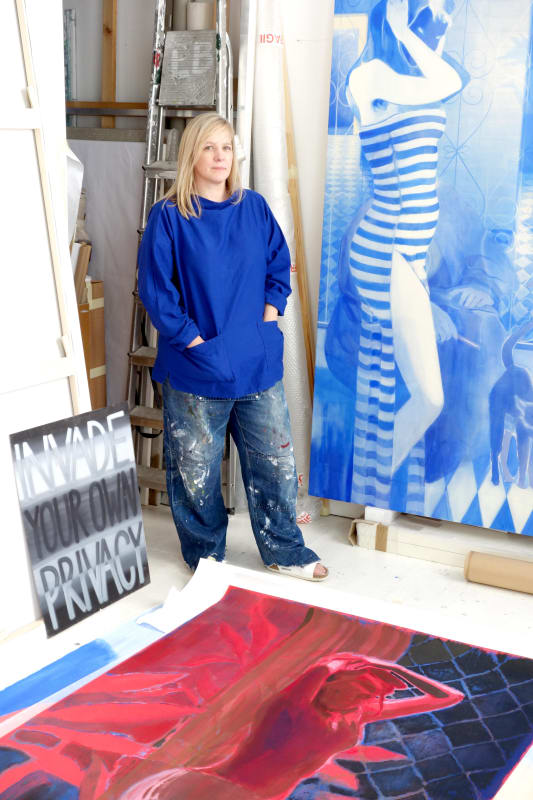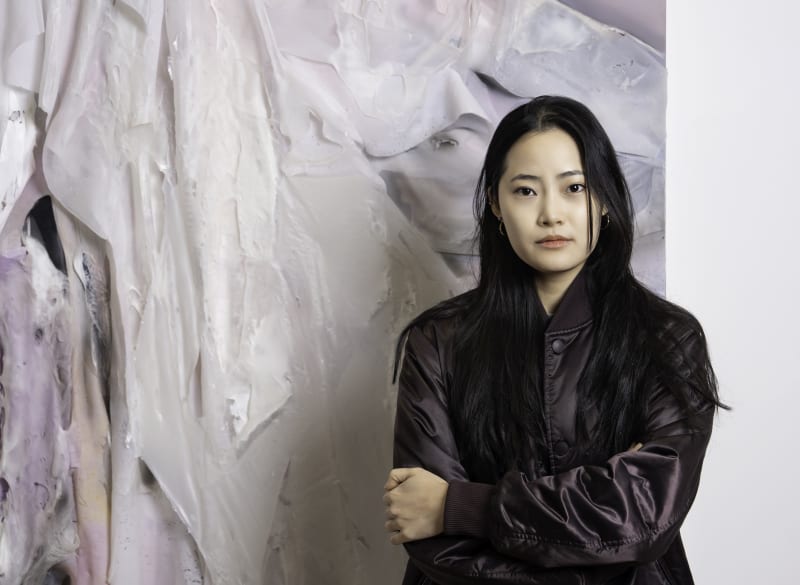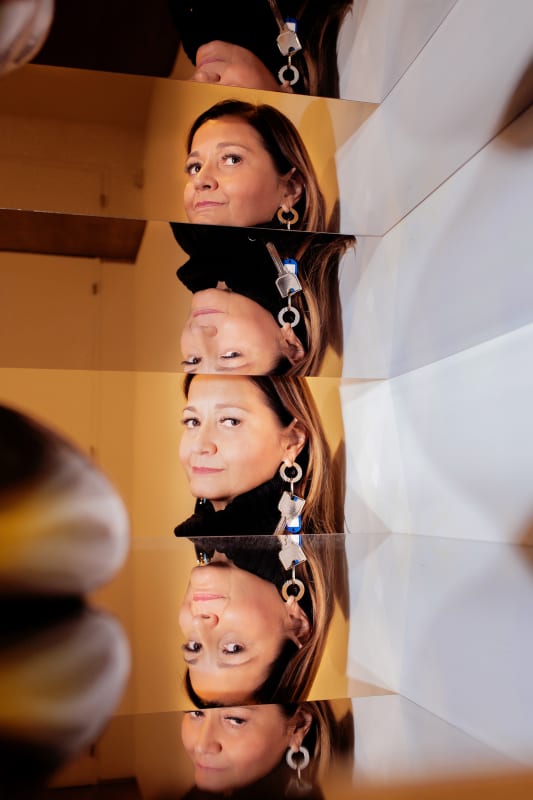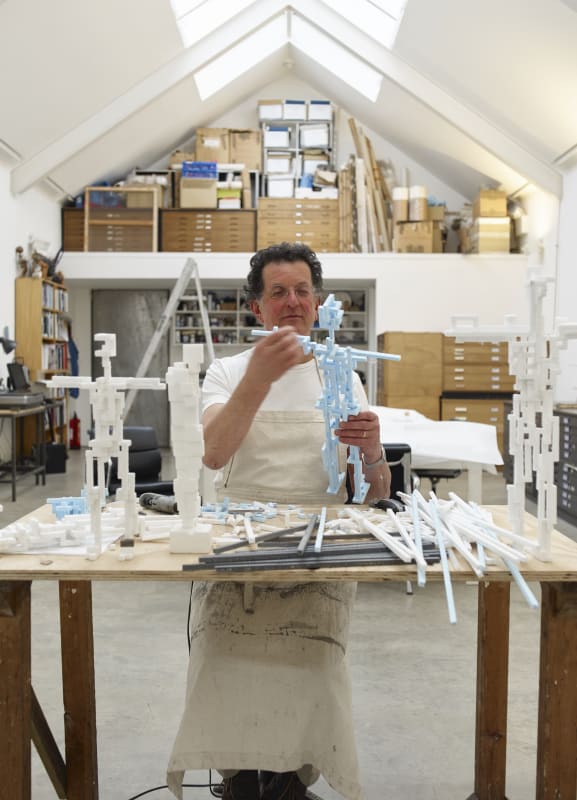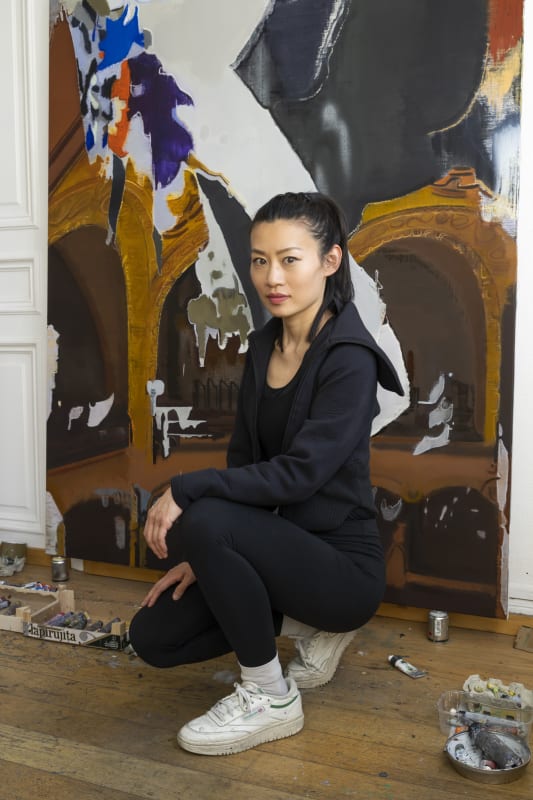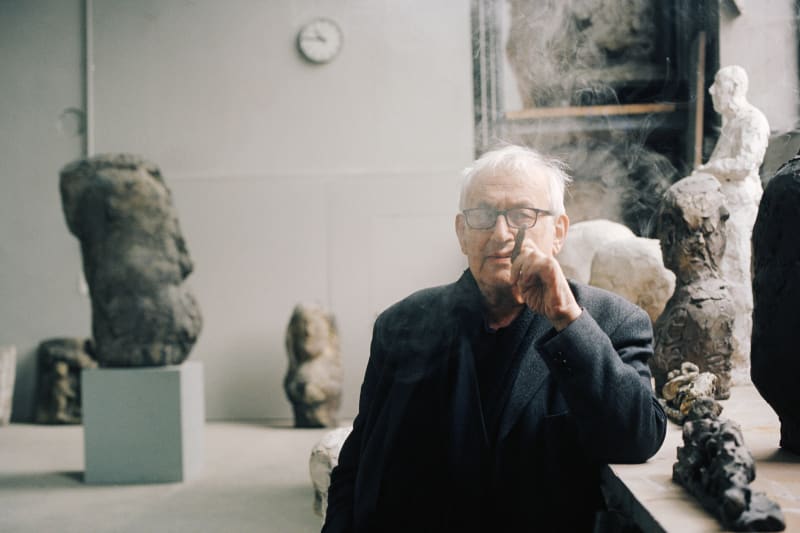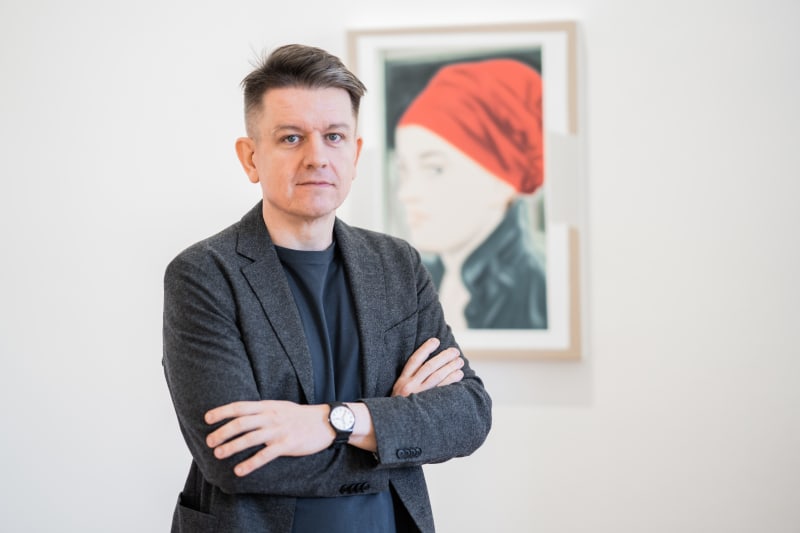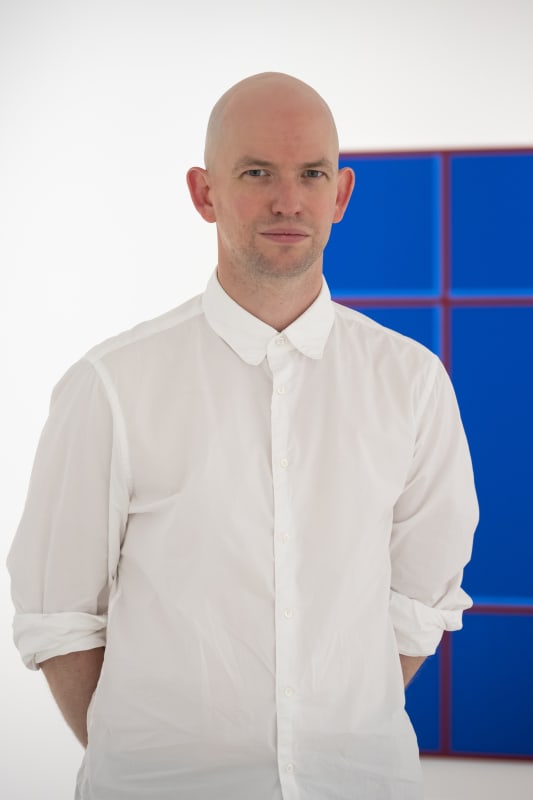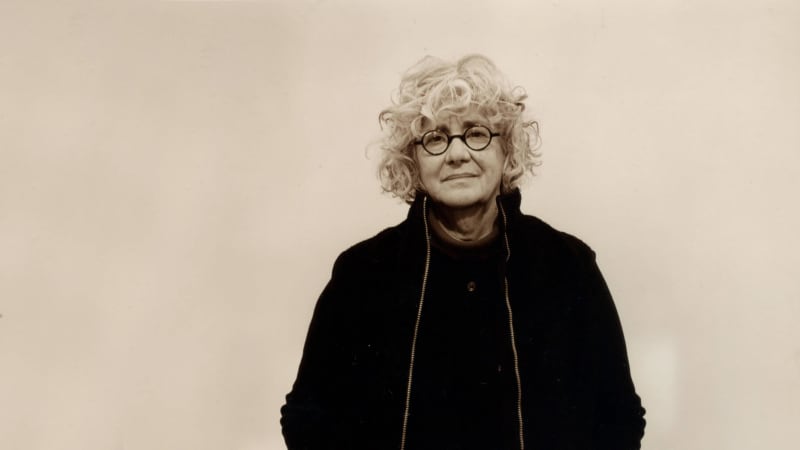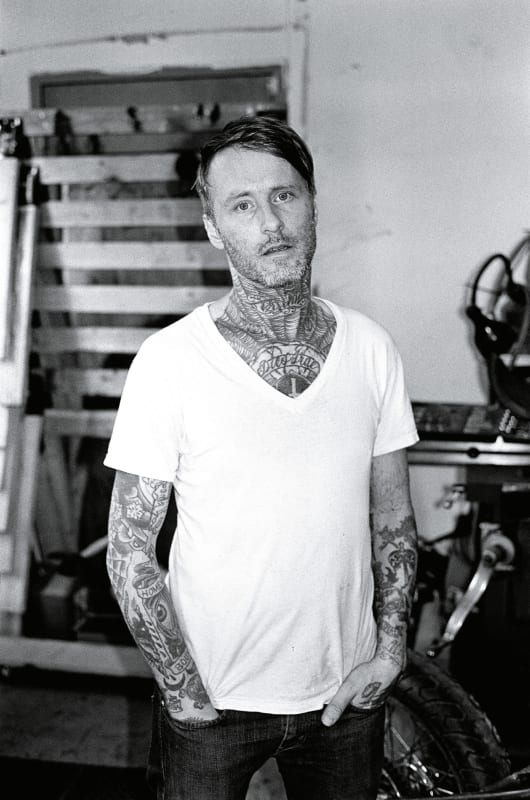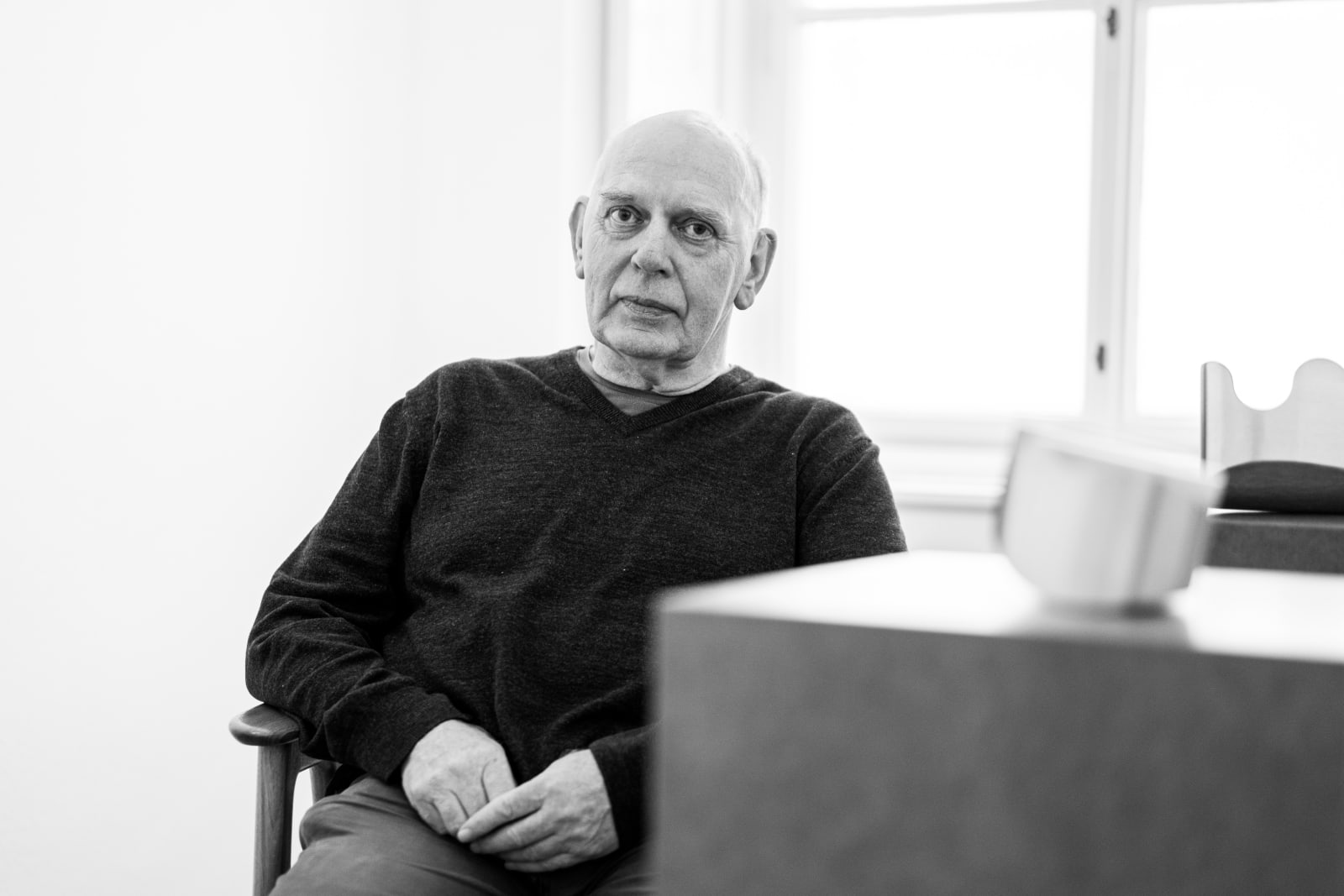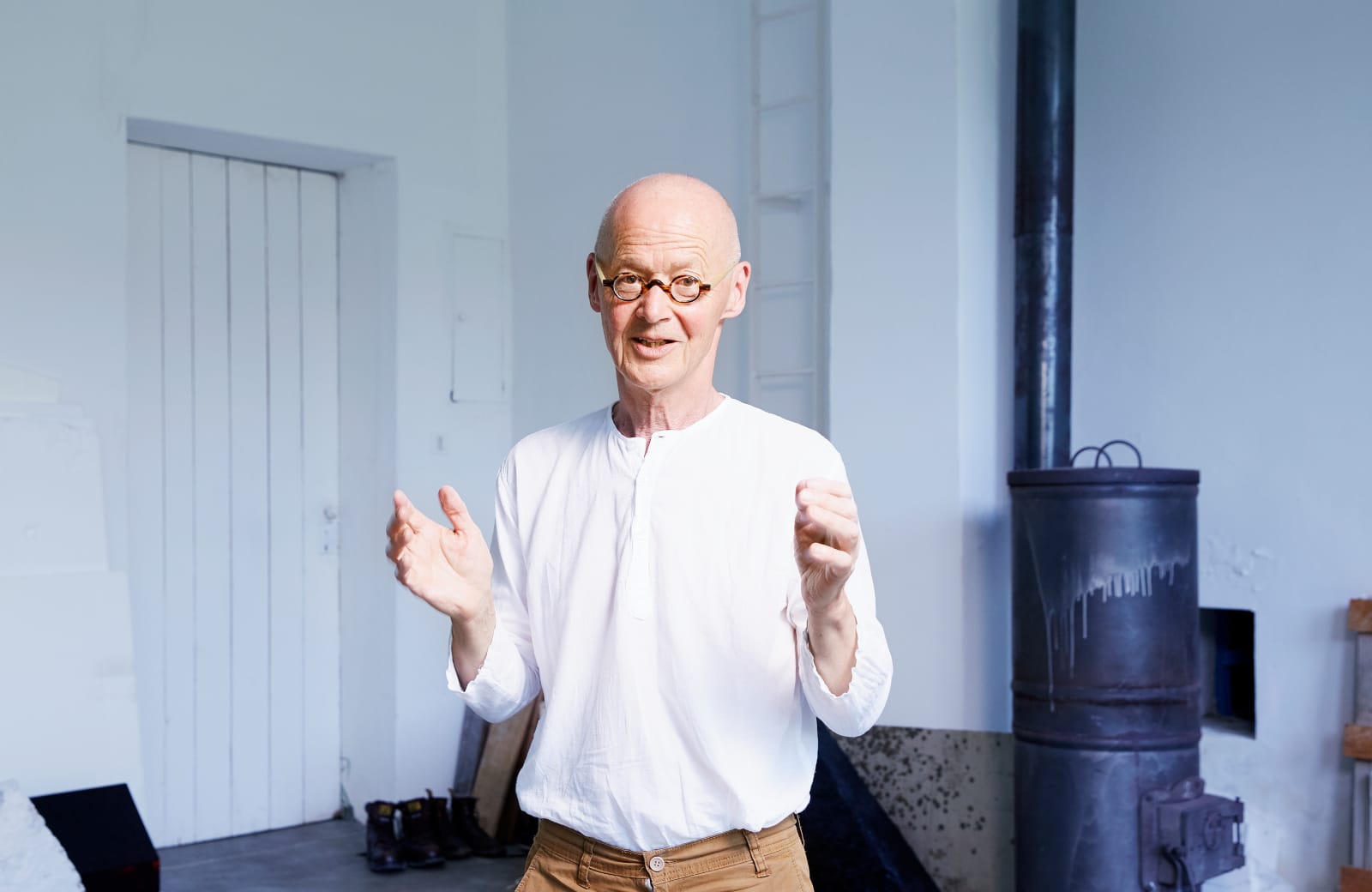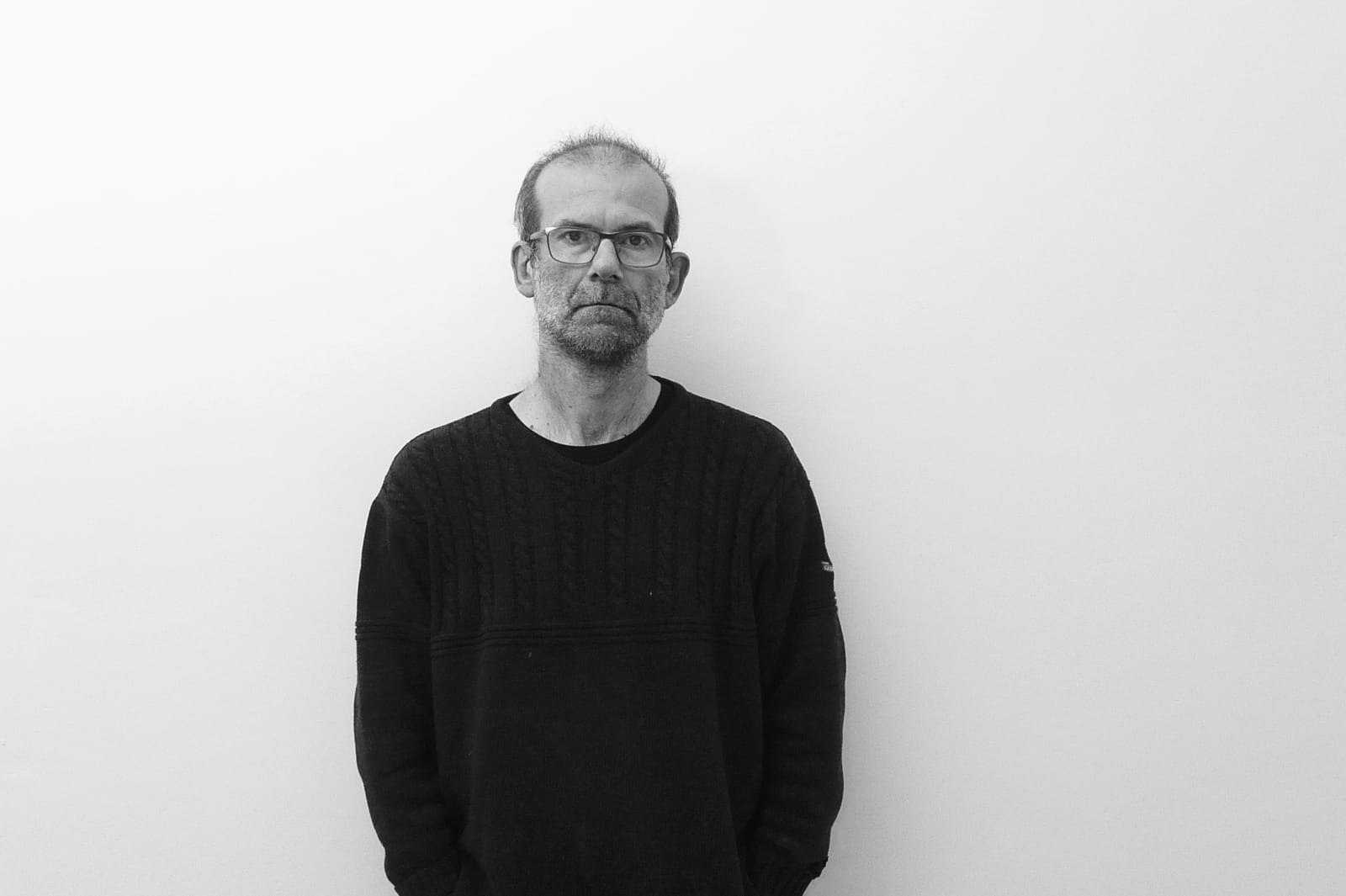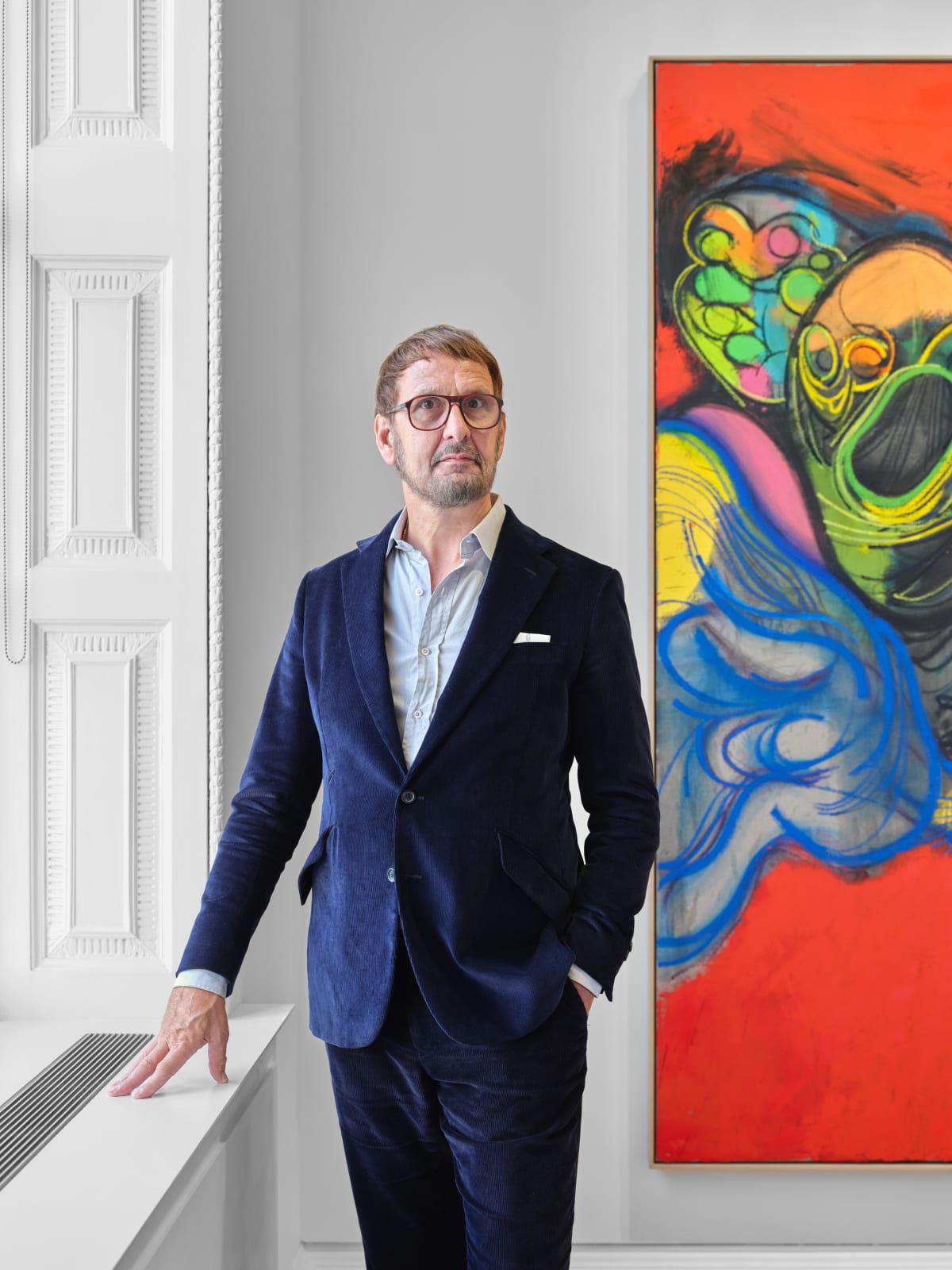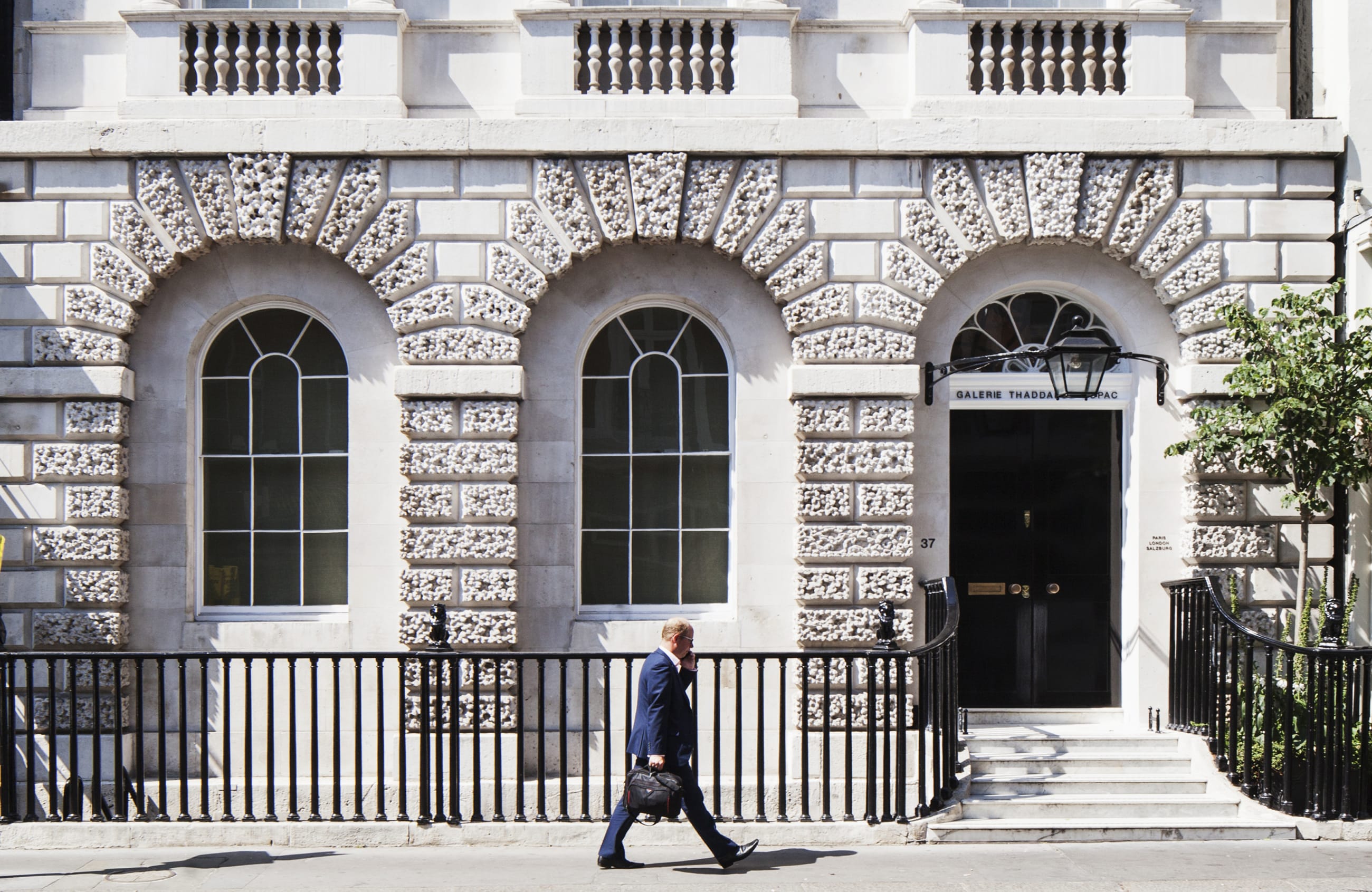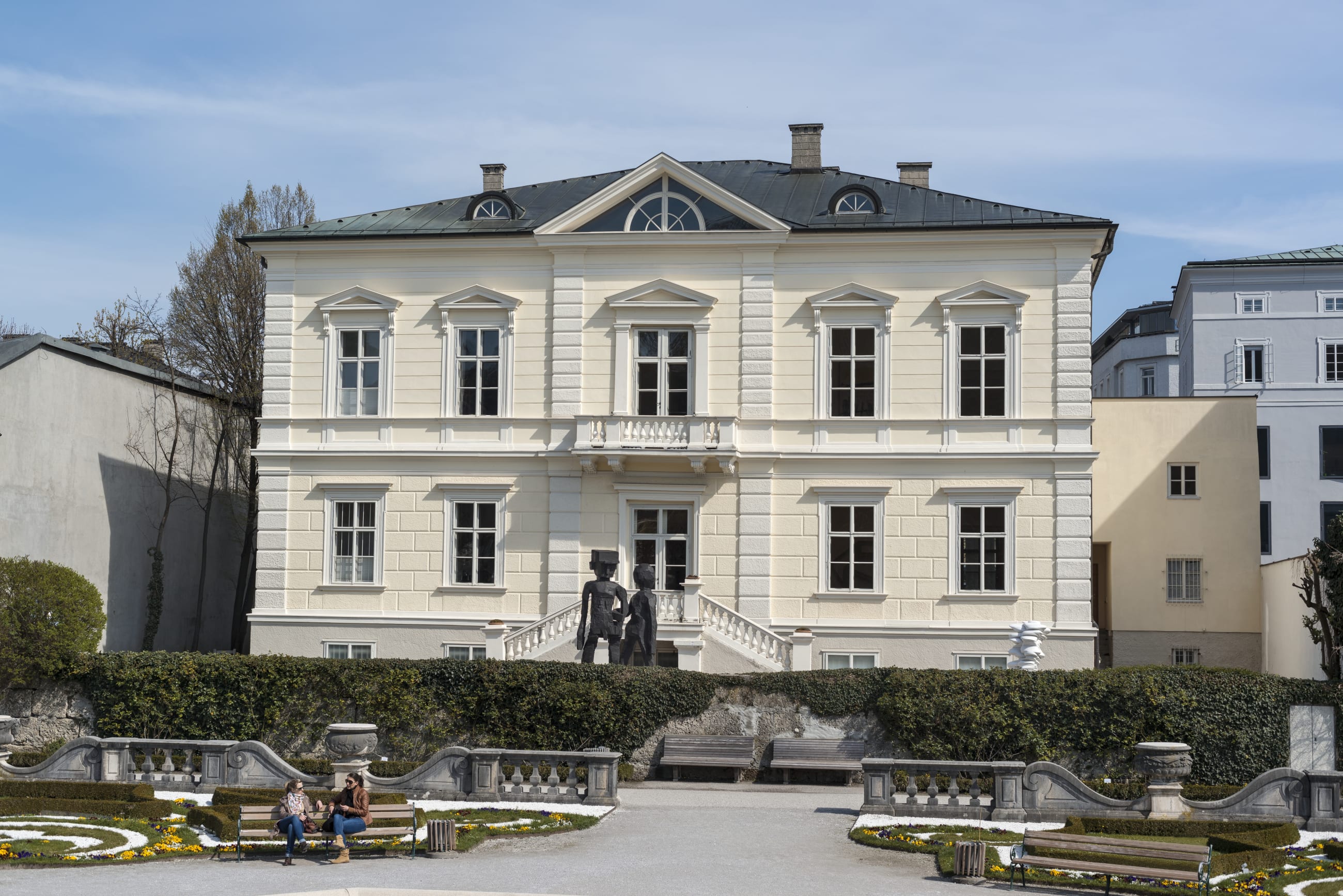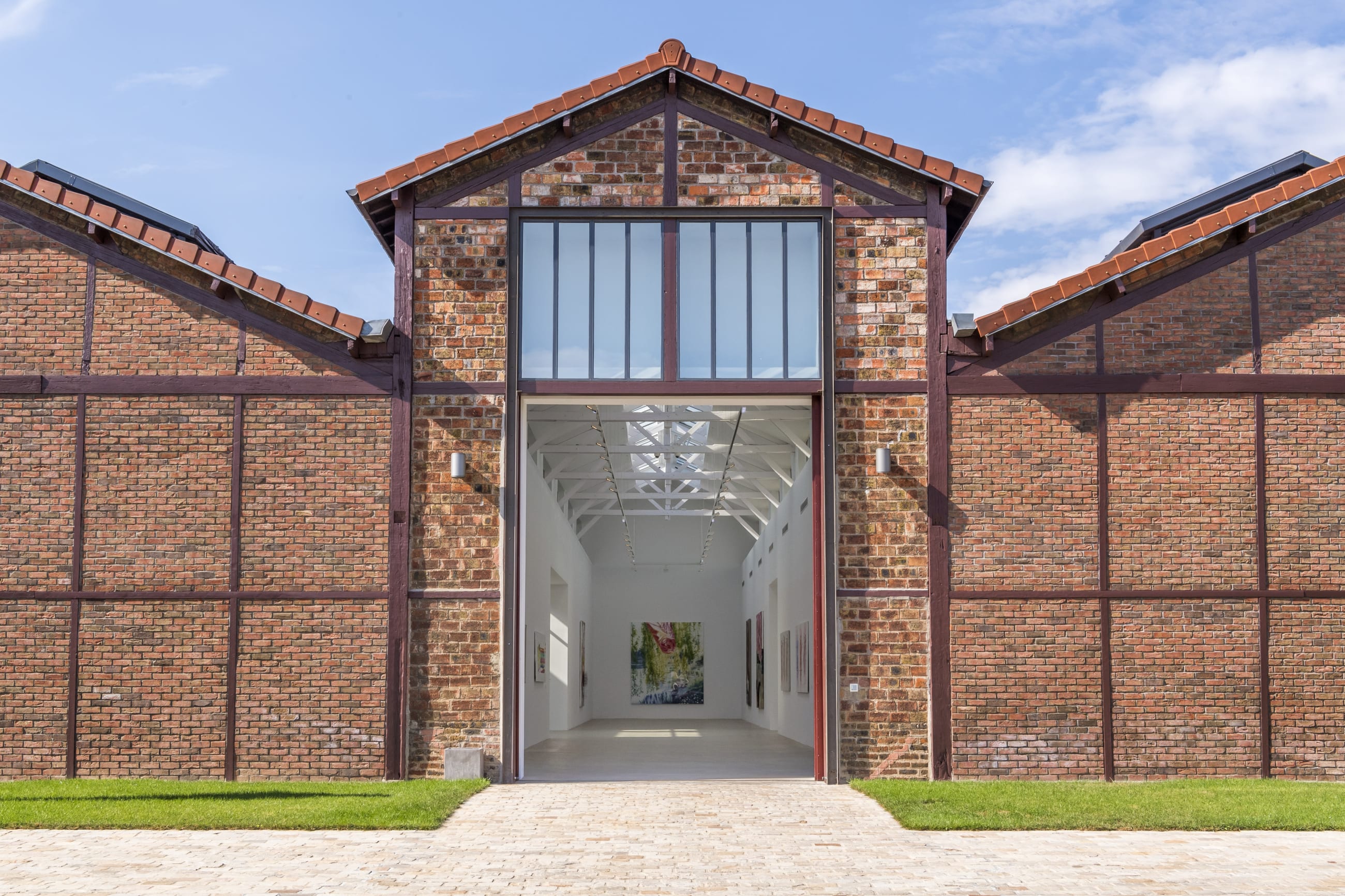Museum Exhibitions
Sensing the Future: Experiments in Art and Technology (E.A.T.) Group exhibition featuring work by Robert Rauschenberg . (This link opens in a new tab).
2024年9月10日—2025年2月23日
Getty Centre, Los Angeles, California
Sensing the Future: Experiments in Art and Technology (E.A.T.) tells the story of a unique mid-twentieth century collaboration between artists and engineers. In 1966 American avant-garde artists Robert Rauschenberg and Robert Whitman teamed up with Bell Labs engineers Billy Klüver and Fred Waldhauer to form a non-profit organization, Experiments in Art and Technology (E.A.T.). E.A.T.’s debut event, 9 Evenings: Theatre and Engineering, integrated art, theater, and new technology at the 69th Regiment Armory in Manhattan and served as a launchpad for artistic experimentation. Its second major event, the Pepsi-Cola Pavilion in Osaka, Japan (1970), presented a multi-sensory environment for the first international exposition to be held in Asia. Throughout, E.A.T. spawned collaborations among artists and engineers that had a significant impact on the mid-century interplay between art and science. This exhibition deepens our understanding of multi-media art in the 1960s and 70s and examines the ways in which E.A.T. pushed the role of the artist beyond the art world. By exploring projects within the community and in the environment, as well as cross-cultural communication, E.A.T. stood decades ahead of its time.











